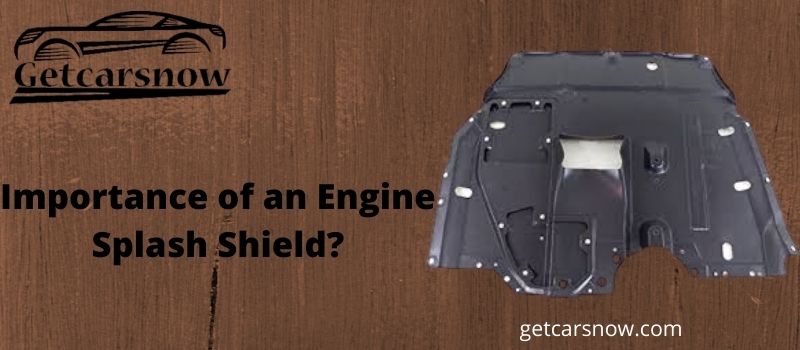Car Battery Inspection Checklist – Step By Step Guide
The battery is just like the heart of your car, so you have to take care of your battery. Nobody wants to reach into their pocket to pay the mechanic. Normally batteries are more susceptible to failure and damage. When it is cold, so a common simple car battery inspection can help you to make sure it’s performing at its best. Everyone should follow some basic important owner’s manual. This manual covers all the car’s battery features and specifications. You should make a note of the areas and details you want to know about as you go through this list.
Car battery inspection tips
Here are some steps that will help to maintain your car battery.
Cable’s Cleaning
Cables are the medium that passes the electric power to your car, so it should be clean. Firstly you should clean corrosion from the top of your battery by using a tablespoon of baking soda, a cup of water, and a nonmetallic brush. Flush it with cool water. and then clean corrosion from around your battery cables with a post cleaner. Now disconnect the cables, starting with the negative one to prevent your wrenches from arcing on the near on the nearby ground. If the battery cable clamp bolts are loose, gently give them a twist. You should use a cable puller if the cables are stuck. If you have a side post terminal, use a 5/16-in box wrench to lose the cable’s bolts. On removing cables clean off the corrosion around the car’s battery terminals and cables with a post cleaner.
Check The Level of Electrolyte
Checking the level of electrolyte is an essential step for your car battery inspection. You should generally check the electrolyte levels, which will help you to find the actual problem and see if your battery needs to replace. Normally the water and acid mixture is used as an electrolyte in your car battery. If the indicator indicates the low level of water in your battery, you should add distilled water immediately. On the fill distilled water be careful to overfill the cell, and then you should inspect the car battery case for the cracks. If you find any cracks in your battery you should replace it immediately. If you add water to your battery, you should leave it for a few hours to mix it properly.
Check The Battery Voltage
It is a simple process of the car’s battery inspection. Checking the battery voltage is not difficult to work, to check the voltage you have to use a simple battery tester. When the car’s battery is fully charged, and all the electrical components are off, it should produce an average voltage of 12.5 volts. If any reading below 12 volts is considered a low level of your battery. In this condition, you should connect the dedicated battery charger for a few hours.
You can use a hydrometer to check the condition of your car battery. To use a hydrometer, you should add it into each battery cell and draw up a small amount of fluid using the pipette. Now you have to note down the result of each cell, then work out the average. A fully charged car battery should have a reading of 12.5 volts or higher. If the average of all readings is lower than 12.5, it’s time to replace your car battery.
Disconnection of Cables
Before the car battery inspection, you should know how to connect or disconnect the cables of the car’s battery, without proper knowledge the connection and disconnection of cables may be dangerous for you. Firstly you should remove your battery hold-down clamp. Disconnect the negative cable of your battery after it disconnects the positive cable of the battery. Everyone should always wear high-quality eye protection and rubber gloves when working on a battery.
Replacement of the battery
If you want to replace your old car battery, you should tie a heavy-duty strap to the ears on the side of the battery and gently lift out your car battery. During the lifting of your battery, you should be careful, for any dangerous accident by battery or its acid. Once the battery is out, you should clean the battery tray or replace it if it’s badly corroded. Batteries are heavy, so it requires solid support, to lift or stay.
Re-installment of clamp and cables
During the reinstallment you should have lifted your new battery very carefully, to place it in that place. Firstly you should connect the hold-down clamp. Then connect the cables of your battery according to the positive and negative terminals. The Positive terminal should connect firstly and after its negative terminal (for negative ground systems). After holding down the battery, you should smear a little petroleum jelly on the terminal heads before fasting the cable clamps to the posts. The grease will help mild corrosion. Most of the batteries are charged 75% at the time of buying which is sufficient to start your car and drive. Before buying the battery you should check the warranty time period of the battery.
Symptoms of a low battery
The main indication of a low or failing battery is that the headlights of your car look dim at idle and then brighten when you rev the engine. The starter of your car turns slowly, barely starting. But you may have an alternator wiring problem that prevents the battery from fully charging. You should check your fan belt, if it is loose, frayed, cracked, or glazed, you should have serviced or replaced it. By all these “Car Battery Inspections” points one can understand how to improve one’s car battery life, care for it, problems which come by damaged or failing batteries, and such others.
How much does a car battery inspection cost?
Your vehicle’s primary source of electrical power is the battery. When the driver turns the switch, it provides power to the starter motor, fuel pump, and engine control computer, allowing the vehicle to start. It also powers the radio, headlights, and other electrical components in the vehicle, providing the driver with entertainment and information.
If your battery and charging device is not in good working order, you can find yourself stranded with a vehicle that won’t start!
The glance of car battery inspection
Batteries are more susceptible to failure and damage when it is cold, so a few simple checks can help. Everyone should follow some basic important owner’s manual. Check the level of electrolyte in your battery to see if it needs replacing. If any reading below 12.5 volts is considered a low level of your battery, connect the dedicated battery charger for a few hours. If there are any cracks in the battery, you should replace it immediately. Check your battery voltage with a simple battery tester to check the correct level. If the voltage is low, it is time to replace the battery.
A fully charged car battery should have a reading of 12.5 volts or higher. If the average of all readings is lower than 12. 5, it’s time to replace your car battery. Everyone should always wear high-quality eye protection and rubber gloves when working on a battery. Indications of a low or failing battery are that the headlights of your car look dim at idle and then brighten when you rev the engine. If your car’s fan belt is loose, frayed, cracked, or glazed, you should have serviced or replaced it.


